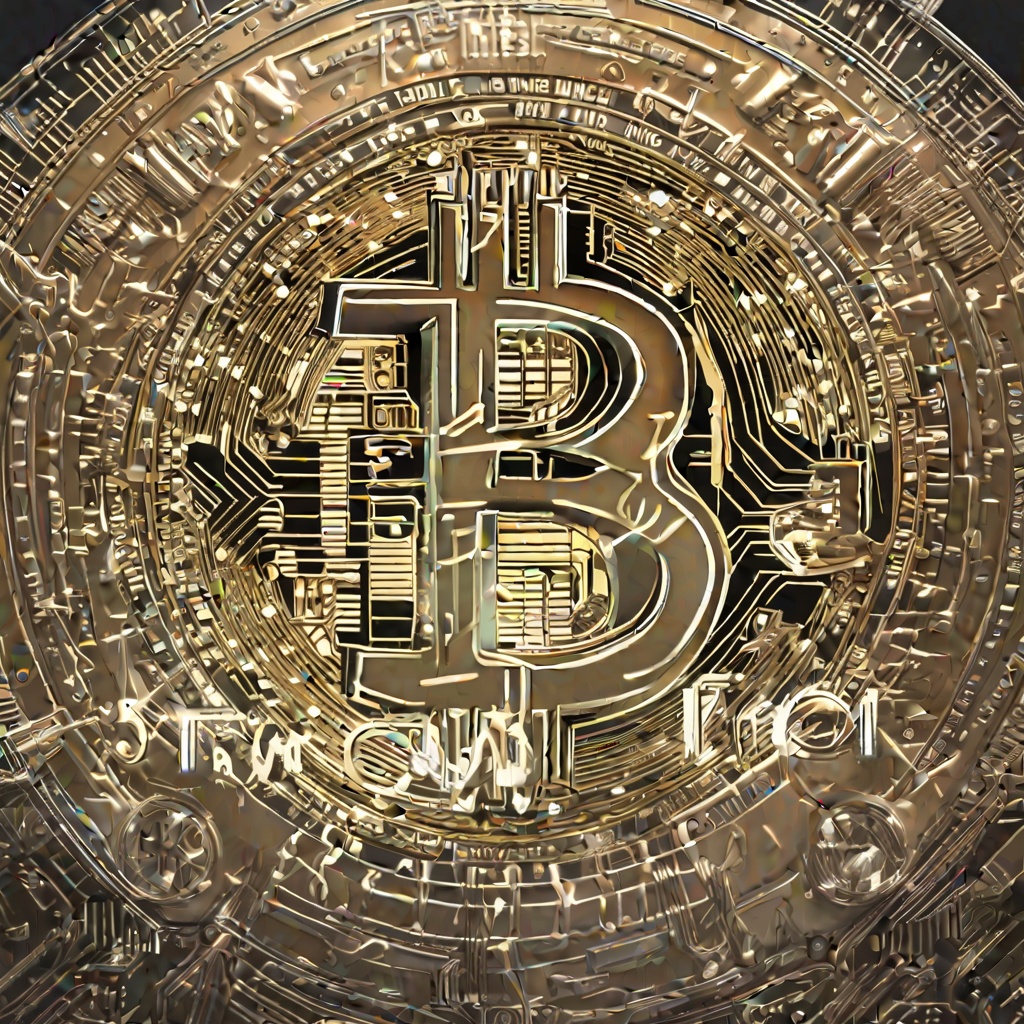Excuse me, I'm a bit confused about something. Could you please clarify for me? When people talk about Bitcoin, they often mention a "BTC server." But as I understand,
Bitcoin is a decentralized cryptocurrency, which means there's no central server or authority controlling it. So, where exactly is this "BTC server" that people keep mentioning? Is it just a misunderstanding, or is there some specific service or infrastructure that people are referring to? Thank you for your help in clearing this up.

7 answers
 Valeria
Mon Sep 23 2024
Valeria
Mon Sep 23 2024
Bitcoin nodes are essential components of the network, facilitating communication and verifying transactions. These nodes help maintain the integrity of the blockchain, the decentralized ledger that records all Bitcoin transactions.
 FireFlyer
Mon Sep 23 2024
FireFlyer
Mon Sep 23 2024
The peer-to-peer nature of Bitcoin's network means that users can transact directly with each other, without the involvement of banks or other financial institutions. This makes
Bitcoin an attractive option for those seeking privacy and financial freedom.
 Lorenzo
Mon Sep 23 2024
Lorenzo
Mon Sep 23 2024
Bitcoin operates in a decentralized manner, eliminating the need for a single server or network of servers to oversee its functioning. This unique architecture ensures resilience and security.
 Dario
Mon Sep 23 2024
Dario
Mon Sep 23 2024
The lack of a central authority also means that Bitcoin is not subject to government interference or censorship. This makes it a popular choice for those living in countries with unstable economies or strict financial regulations.
 Maria
Mon Sep 23 2024
Maria
Mon Sep 23 2024
The Bitcoin network functions on a peer-to-peer (P2P) basis, allowing users to engage directly with each other without relying on intermediaries. This model fosters a sense of autonomy and trust among participants.

